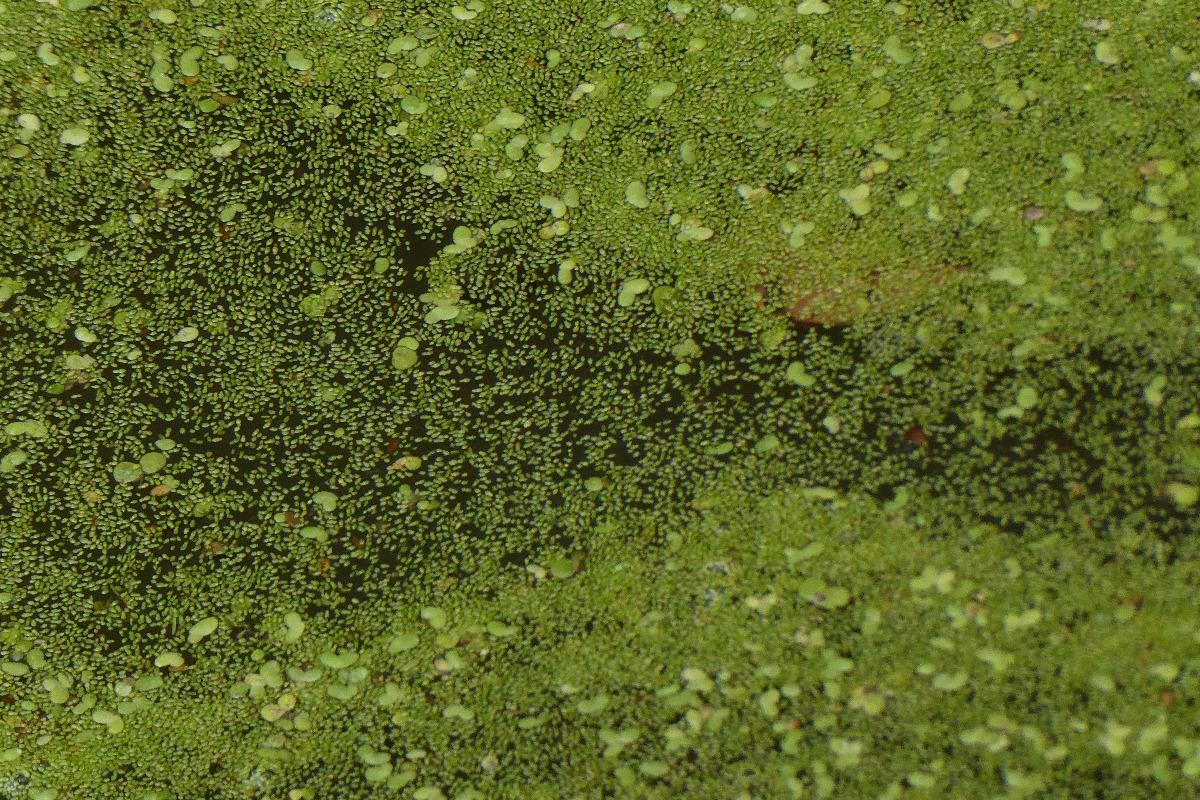Harmful Algal Blooms May be Toxic to Pets

- posted: Jul. 06, 2024
Beware: Toxic Algae May Harm Pets
If you have a pond in your backyard, hike with your dog in areas where there are standing bodies of water or allow your dog to swim in ponds or lakes, beware of a potential threat in the water: toxic algae. Harmful Algal Blooms (HAB) are found across the United States, including Pennsylvania. Pinchot State Park and Lake Erie are currently off limits due to harmful algal blooms. HAB are more common in shallow ponds or lakes receiving runoff from farmland and occur when certain types of blue-green algae containing cyanobacteria produce toxins which can be deadly to fish, livestock and pets as well as to wildlife and people. Algal blooms can occur any time of year, but are more prevalent in the summer months.
Penn State has been studying these algal blooms for several years. Most pond algae are harmless, but, it can be difficult to determine the type of algae present or whether or not they are producing toxins by appearance alone.
If you see thick, red or bright green clumps or mats of floating algae sometimes looking like spilled green paint or pea soup on the surface of a lake or pond, don’t allow pets to drink or swim in the water. Please note, the common small aquatic plant known as duckweed that sometimes covers the surface of lakeshores or ponds is NOT a type of algae and is not harmful.
Tips for avoiding HAB affected waters:
- Check for advisories and avoid the water when warnings are posted. Heed any and all signs posted.
- Do not enter the water if it is discolored, smells bad, or has foam or scum on the surface
- Do not fish, boat, swim, or play water sports when harmful algae are present.
- Keep pets out of the water and do not let pets drink lake or pond water. Dried algal blooms may still contain toxins so check the shore for evidence and avoid the area if dried algae are present.
- If you or your pet are exposed, rinse your pet and/or your skin with clean water as soon as possible.
- When in doubt, stay out!
The cyanobacteria within the algae can produce various toxins affecting the liver, nerves or skin. If not treated, they can be fatal. Dogs are more susceptible to these toxins than people and can quickly become ill or even die. Symptoms may occur within as little as 30 minutes or up to a few days after exposure and include:
- Vomiting, diarrhea, loss of appetite
- Staggering, seizures, paralysis, confusion
- Difficulty breathing, drooling, jaundice of the eyes or gums, decreased urine output
- Skin rash or hives
- In people, all of the above plus headache, fever, lethargy, dizziness
If you think your dog may have been swimming in, eating algae, or drinking from a pond or lake in which harmful algae are present, seek veterinary help immediately or contact pet poison control (ASPCA Animal Poison at 1-888-426-4435 or the Pet Poison Helpline at 1-855-764-7661) if any of the above signs are present. Be aware of HAB and be safe this summer!
This blog brought to you by Patton Veterinary Hospital, serving Red Lion, York and the surrounding communities.
https://www.dep.pa.gov/OurCommonWealth/pages/Article.aspx?post=44
https://www.cdc.gov/harmful-algal-blooms/about/index.html
Location
Patton Veterinary Hospital
425 E Broadway
Red Lion, PA 17356
